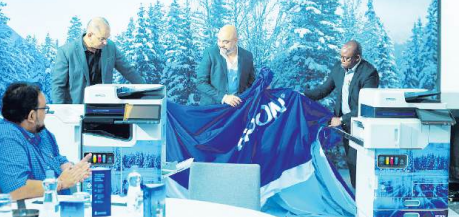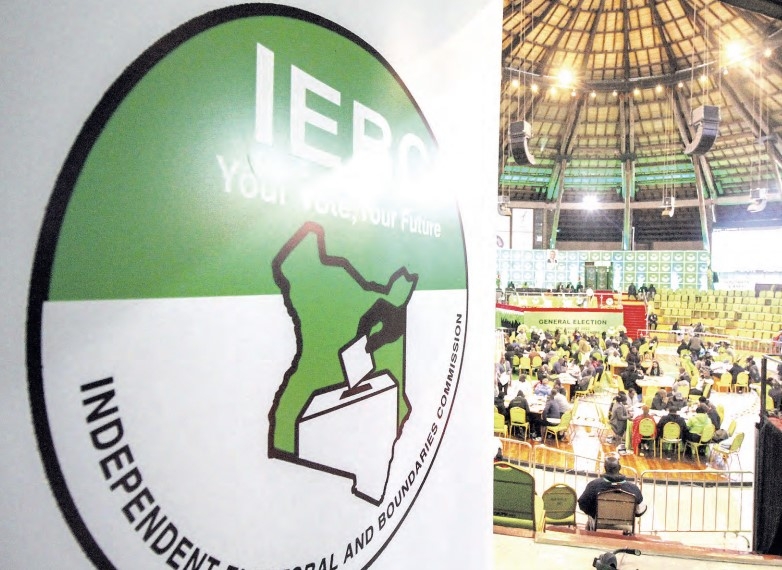

Continuous investments in frontier technologies have been
identified among the areas that promise substantial future growth, especially
in enterprise adoption.
Generative AI (gen AI) has been a standout trend since 2022,
with the extraordinary uptick in interest and investment in this technology
unlocking innovative possibilities across interconnected trends such as
robotics and immersive reality.
While the macroeconomic environment with elevated interest rates has affected equity capital investment and hiring, underlying indicators—including optimism, innovation, and longer-term talent needs—reflect a positive long-term trajectory.
The latest study by Science Direct shows a strong and consistent pattern of higher growth among firms that invest more in technology.
A one-standard-deviation increase in the resume-based measure of AI
investments over the eight -year for instance, corresponds to a 19.5 per cent
increase in sales, a 18.1 per cent increase in employment, and a 22.3 per cent
increase in market valuation.
This has prompted tech industry players to position
themselves for this shift in market demands.
The Star caught up
with the president of Epson Middle East, Türkiye, Africa, and Central & West
Asia, Neil Colquhoun who gives more perspective in an exclusive interview.
What opportunities do
you foresee in the META-CWA region in the year ahead?
We expect significant
growth in demand for Epson’s technology solutions across several key industries,
including education, healthcare, financial services, construction, tourism,
hospitality, retail, and entertainment.
With governments in the region heavily investing in
infrastructure and technology, including the development of smart cities, there
are abundant opportunities for digital transformation.
Additionally, the demand for printing and projection
technologies will increase, fuelled by global events, exhibitions, and growing
interest in energy-efficient, space-saving solutions such as our scanning technologies.
Which sectors do you
anticipate will be the biggest growth drivers for Epson and other tech players
in the region?
In the 2023 financial year, we observed significant growth in office print and visual display solutions, especially in the education sector across Saudi Arabia, the UAE, and Morocco.
The entertainment and retail sectors in Saudi Arabia and UAE also contributed to growth, particularly with high-brightness projector solutions.
Moving forward, education and healthcare
are expected to be strong growth drivers, with continued demand for our
printing, scanning, and display technologies in these areas.
What are some of the
key technological innovations that will drive market demand into the region?
In education, we aim to enhance classroom experiences with interactive display projectors that allow scalable screen sizes up to 100 inches, promoting collaboration between students and teachers.
We design technology that simplifies and streamlines the workflows, improves the digitisation process saving time and resources.
In
healthcare, our precision technology will improve operational efficiency with
advanced printing and scanning solutions tailored to the unique demands of
healthcare facilities.
How will the regional
hub ensure it stays ahead in emerging trends like AI, 5G, and IoT?
As communication data traffic continues to grow, propelled
by the roll-out of 5th generation communication systems ( 5G), the spread of
the Internet of Things (IoT), the use of artificial intelligence (AI) in data
centres, and the upcoming 6G services.
“We aim to incorporate AI, 5G, and IoT into our solutions to
create energy-efficient, compact, and precise products that address societal problems,” Otiende said.
“We believe this will
help businesses further enhance their capacities and expand while appealing to
global customers,” he added.
Sign-up to the platform for both businesses and service
providers will be free, with closed transactions attracting a five percent
commission.
Agencies will also be able use the platform as a service, giving them access to a wider pool of resources to complete tasks.
All users will undergo rigorous vetting to ensure
authenticity and compliance with relevant laws including data protection
societal challenges.
These changes are expected to cause power consumption at
base stations and data centres to sharply increase and drive demand for
low-power OCXOs used as reference signal sources.
To meet this demand, Epson drew on its crystal device, semiconductor, and mounting technologies to develop an OCXO that consumes 56per cent less power and is 85 per cent smaller than earlier products.
We will align
with government-led digital transformation initiatives in sectors such as
education, healthcare, and smart cities to remain at the forefront of
technological advancements.
What was the primary motivation behind the establishment of the new Epson META-CWA region?
The decision was motivated by the need to provide tailored technology solutions that align with the specific needs of these diverse markets.
By establishing a regional
headquarters in Dubai, Epson can focus on innovation and offer localised
solutions, especially in sectors such as education and healthcare.
What are the main risks you face in expanding into such a diverse range of markets under the META-CWA umbrella?
The META-CWA region presents challenges such as political instability and economic volatility; these factors could disrupt business operations or supply chains.
Additionally, attracting and retaining talent across diverse labor markets and
maintaining an inclusive workforce that respects local norms and values will be
essential yet challenging.
How will the company
sustain its double-digit sales growth in the region?
The commitment to being carbon-negative by 2050 aligns with market trends that favour long-lasting, energy-efficient products.
By investing
in advanced technology for sectors like education and healthcare and partnering
with local vendors, we will drive long-term growth across the region.













